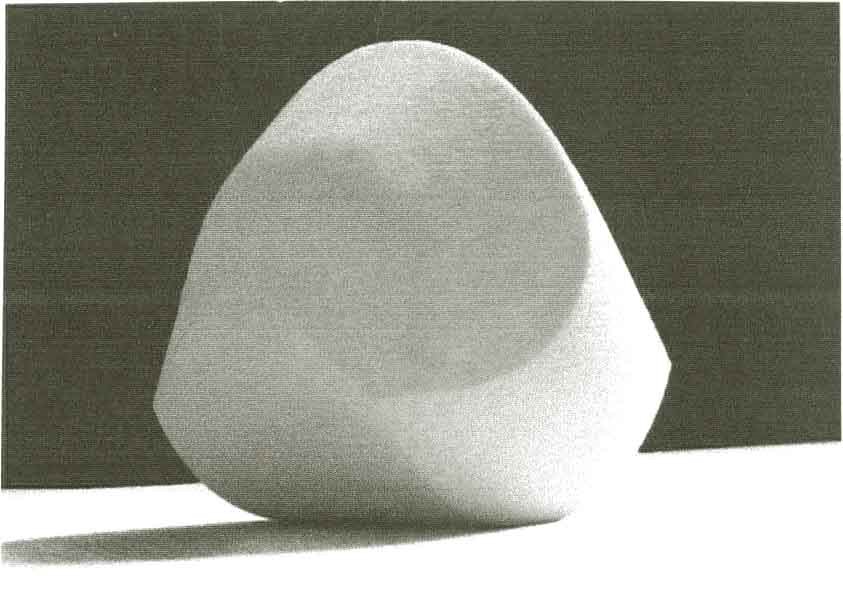
Hogan Lovells 2024 Election Impact and Congressional Outlook Report
 Search
Search


 Search
Search

The CJEU issued a preliminary ruling that had been referred by the Kúria (Supreme Court in Hungary) concerning the 'Gömböc', a sphere-like object with special self-righting properties that has become the tangible symbol of an important mathematical discovery. The ruling gives clarifications as to the role to be attributed to the public's perception in the assessment of the technical functionality and the aesthetic value of the shape of a trade mark and in relation to the accumulation of IP rights in the same subject matter.
Gömböc Kft. applied for registration of a three-dimensional sign, the 'Gömböc' (pronounced 'goemboets'), for decorative items in classes 14 and 21 and toys in class 28. The Hungarian Office rejected the application in relation to toys on the ground that the sign consists of a shape necessary to obtain a technical result and in relation to decorative items on the ground that the sign consists of a shape giving substantial value to the product. The actions brought against the Hungarian Office’s decision were dismissed, so the applicant brought an appeal before the Supreme Court. The latter stayed the proceedings and requested a preliminary ruling to the European Court of Justice.
First, the court asked whether the assessment intended to establish if a three-dimensional mark consists exclusively of a shape which is necessary to obtain a technical result (grounds for refusal of registration provided for in Article 3(1)(e)(ii) of Directive 2008/95) must be limited to the graphic representation of the sign or if the perception of the relevant public should also be taken into account.
Second, the court asked whether the assessment intended to establish if a three-dimensional mark consists exclusively of a shape giving substantial value to the product (grounds for refusal of registration provided for in Article 3(1)(e)(iii) of Directive 2008/95) can be based only on the perception or knowledge of the relevant public of the real product.
Third, the court asked whether the ground for refusal provided for Article 3(1)(e)(iii) of Directive 2008/95 (mark consisting of a shape which gives substantial value to the product) must be applied systematically to the shape of a product which already enjoys protection under the design law.
On the first question, the court clarified that a two step analysis is required to assess whether a mark consists of a shape which is necessary to obtain a technical result (in line with previous judgments in Lego, C-48/09 P and Simba Toys, C-30/15 P).
As a first step, it is necessary to identify the essential characteristics of the three-dimensional sign and,
as a second step, it is necessary to establish whether these characteristics perform a technical function. The perception of the relevant public should be taken into account only in the first phase of the analysis, i.e. in order to identify the essential characteristics of the sign, but not to establish whether those characteristics perform a technical function. This latter information, in fact, must originate from objective and reliable sources and may not be based on the perception of the relevant public.
On the second question, the court provided a similar answer. It found that the public's perception or knowledge may be used to identify an essential characteristic of the sign which would give substantial value to the product. However, the ground for refusal based on the shape giving substantial value to the product may eventually be applied only if it is apparent from objective and reliable evidence that the consumer’s decision to purchase the product is to a large extent determined by that essential characteristic. Furthermore, the court clarified that characteristics of the product not connected to its shape, such as technical qualities or the reputation of the product are irrelevant for the purpose of applying this ground for refusal.
On the third question, the court found that the ground for refusal based on the shape giving substantial value to the product, shall not be applied systematically (automatically) to a three-dimensional sign consisting of a shape that already enjoys protection under the design law.
It is worth noting that the graphic representation of this trademark barely allowed the observer to understand the actual shape and essential characteristics of the sign at issue, as shown below

With this in mind, and considering that previous case-law did not sufficiently clarify the role of the public's perception in the assessment of "technical functionality" or "aesthetic value" of a mark's shape, it is particularly relevant that the court held that the public's perception of the real product may represent a relevant criterion for the identification of the essential characteristics of the sign, beyond its graphical representation.
On the other hand, the court made it very clear that a conclusion that these characteristics perform a technical function or give substantial value to the product can only be inferred from objective and reliable evidence, which may not include the subjective perception of the relevant public.
From a practical point of view, finding that the sign's shape performs a technical function must therefore result from surveys or expert opinions, scientific publications, catalogues or any other source describing, objectively, the technical functionalities of the product. Similarly, finding that a consumer’s decision to purchase the product is mostly determined by certain aesthetic features must also result from objective and reliable evidence.
Finally, the court clarified that, although the grounds for refusal provided for Article 3(1)(e)(iii) of Directive 2008/95 EU are intended to prevent an indefinite extension of other rights subject to specific duration, in particular designs, EU intellectual property law does not prevent the coexistence of several forms of legal protection. This confirms that, in principle, nothing prevents the accumulation of different intellectual property rights for the same subject-matter.
It will be interesting to see how the Kúria applies the above to the Gömböc case in Hungary.
Authored by Vito Pati